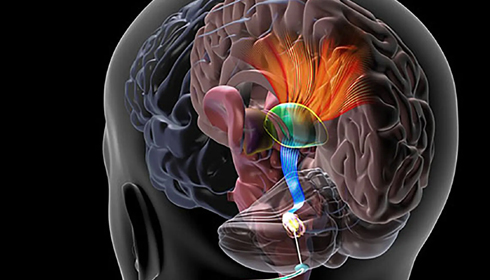
Repairing the Brain: Scientists Achieve Major Breakthrough in Neuronal Engineering
Researchers from King's College London's Institute of Psychiatry, Psychology, & Neuroscience (IoPPN) have made major progress in neuronal engineering in a ground-breaking study reported in Science Advances. Reprogramming astroglia—cells usually supporting brain functions—into cells like interneurons has laid the groundwork for exciting advancements in regenerative medicine meant to restore faulty brain circuits, such as those impacted in epilepsy.
A protein known as Ascl1 drove astrocytes, which normally provide structural and metabolic support to neurones, to behave like neurones. Essential for the growth of the nervous system, this protein has shown amazing efficiency in producing neurone-like cells by means of mutation in structure. According to media reports, this changed version of Ascl1 was much better at turning astroglia into working neurones than the normal version of the protein.
Using neonatal mice, the study team found that the artificially produced neurones showed traits akin to natural interneurons in the brain, which are crucial for preserving appropriate brain function. These created neurones were even able to fire at high frequencies, a feature of a particular class of interneurones absolutely vital for controlling brain circuits. Dr. Nicolás Marichal, one of the main researchers, hailed this as a "landmark study" with "new therapeutic avenues" in regenerative medicine, potentially providing a means to restore aberrant brain circuits in patients with neurological diseases.
Professor Benedikt Berninger, the senior author and developmental neurobiology expert at King's IoPPN, emphasized the significance of this development. "While the neurones we created differ from those the body generates itself, we're excited to show that engineered neurones can acquire highly specific properties," Berninger said. "Our results will help us to close the gap between induced and endogenous neurones, making them ever more valuable for future use in regenerative medicine."
The success of this work in turning supporting glial cells into working neurone-like cells could have broad consequences for treating brain damage and neurodegenerative illnesses. When dysfunctional, interneurons, which play a crucial role in controlling communication between brain areas, can lead to epilepsy, schizophrenia, and other neurological diseases. The capacity to design these cells gives hope for those with otherwise untreatable diseases since it implies the possibility of medicines that might one day heal broken circuits in patients.
Furthermore, the researchers' efforts to perfect the reprogramming of astroglia into interneuron-like cells could serve as a foundation for further advancements in regenerative medicine. We anticipate future research to build on these discoveries, enhancing the ability to produce neurones that closely mimic the body's natural interneurons in both form and function. Particularly for disorders like epilepsy, which result from distinct neuronal misfirings, this study is highly exciting for developing individual treatments.
Prominent funding agencies, including the German Research Foundation, the European Research Council under the European Union's Horizon 2020 initiative, and the Wellcome Trust, backed the study.
As research progresses, these advancements have the potential to revolutionize the treatment of brain ailments, from management to potentially cellular repair, thereby transforming the lives of millions of individuals affected by neurological conditions.